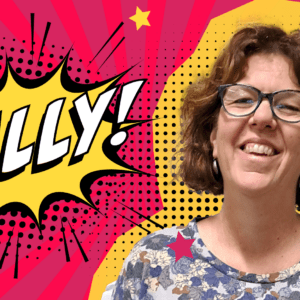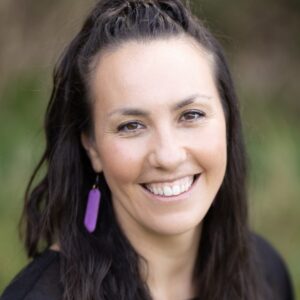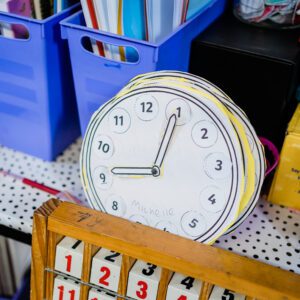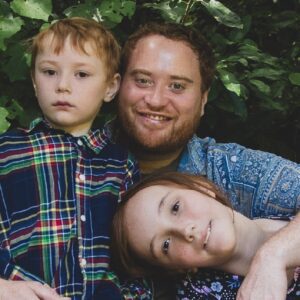All educators understand the importance of supporting and extending oral language skills for tamariki in early childhood — but how do you know if your centre or kindergarten is going about it in an effective way? And how do educators really unpack each child’s progress and needs when it comes to language acquisition?
A data language project has given four kindergartens in the Hutt Valley deep insights into how tamariki are learning to communicate.
Wendy Walker, who was the lead researcher at Sun Valley Kindergarten in Wainuiomata, said that what made this project particularly special was getting to visit other kindergartens.

“That additional responsibility was a real highlight. You don’t often get to do research in somebody else’s kindergarten so it was very validating for what we do and really exciting to see how another setting can operate.”
The project brought teaching teams together with a clear research and learning focus on language. Teams fed their collected observation data back into their own kindergartens for analysis and discussion. They also met with teacher researchers in other kindergartens, offering a unique opportunity for supportive collaboration, a cornerstone of any professional learning community.
Using data collection tools as a method to really dig into what was happening in the programme, the teachers involved say the project has consolidated beneficial teaching practices as well as empowering them to introduce new methods where needed.
Wendy says that teachers always have a sense of what their children are learning.
“But the data really validated and supported that for us, and it showed us where there was room to strengthen our practice with those children.”


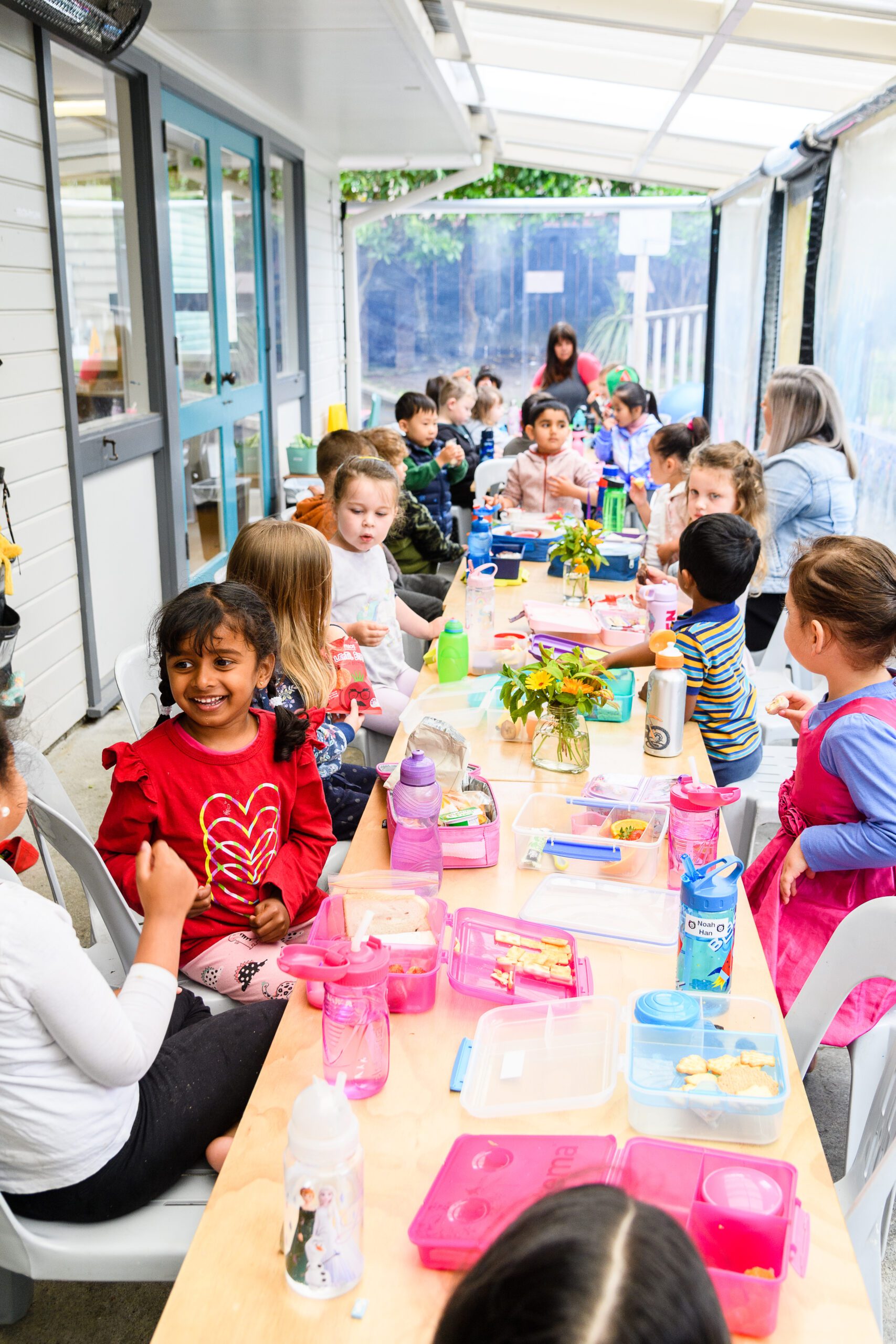
Entering the project, all the teacher-researchers said they felt nervous. They were being asked to learn new technologies, and perhaps have their teaching practice critiqued.
Claire Fouhy, speech and language therapist for Hutt City Kindergarten Association, brought in two expert mentors, Sue Cherrington from Te Herenga Waka Victoria University of Wellington and Tara McLaughlin from Massey University. Sue and Tara helped to train the teacher-researchers in data collection, and acted as ‘critical friends’ throughout the project. The critical friend role was multi-faceted but in general Sue and Tara helped teachers to make sense of tools and data, asked provocative questions, provided a different perspective, encouraged teams to go deeper with their interpretations and ideas, and celebrated success.
Wendy said the support from Sue, Tara and Claire helped a lot. “I thought, what’s this going to involve? Am I up for it? But there was a lot of coaching and learning opportunities to ask silly questions so that was very empowering. When it came time to do the data research in a different setting we felt quite equipped to do that.”
Jessica Gibb at Sun Valley Kindergarten agrees. She laughs and says that when the project started she was a nervous wreck.
“I’d never done anything like this and it was so unknown. I think it helped knowing that the whole team was involved, so I wasn’t on my own.”
The four teams entered the project with broad enquiry questions such as: ‘How do we know that we are helping to progress children’s language development?’ and ‘How can we intentionally teach language to all learners?’
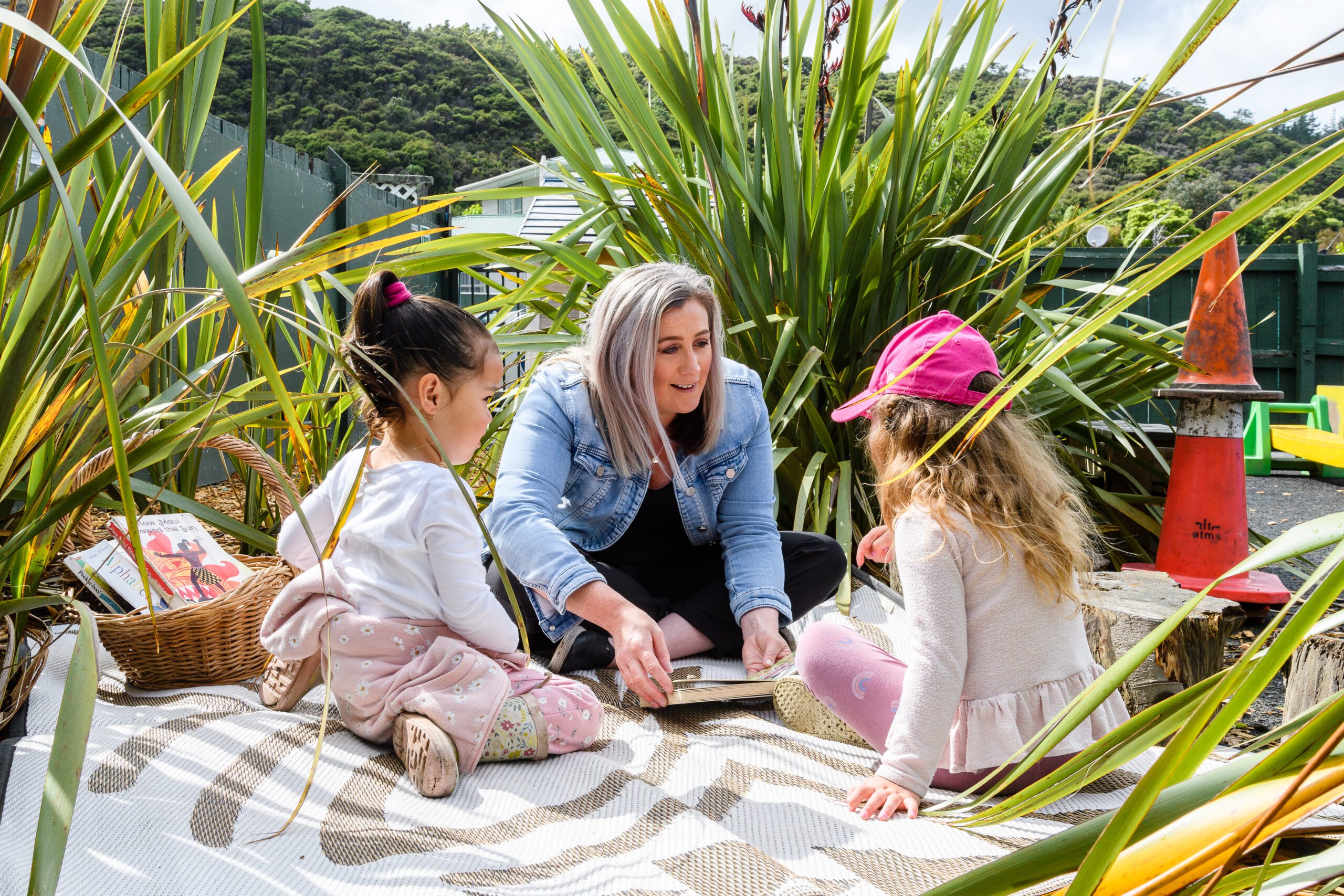
“I’d never done anything like this and it was so unknown. I think it helped knowing that the whole team was involved, so I wasn’t on my own.”
Annette Collings, senior teacher for ten kindergartens at Hutt City Kindergartens, supported the teacher-researchers throughout the project. She says the HealthCare Plus grant that Claire won made the project possible.
“The grant allowed teacher-researchers release time to do the project. They could focus their attention on the collecting of data. This would have been more challenging if the funding for release time was not in place.”
Using data to better our practice
The word ‘data’ can be a cold one, invoking images of people inputting numbers into complex algorithms for processing. In this case, it was using a range of methods to capture information about children’s verbal and non-verbal language and their interactions with peers and kaiako, as well as the practices that kaiako were already using to support children’s language. Taken together, data from across the tools were used to provoke teams in their reflection and planning for language growth.
The Sun Valley team all agreed that one of the most effective data collection tools was videoing children during the session, something they implemented after deciding to focus their language inquiry on peer-to-peer communication.
Head teacher of Sun Valley Kindergarten Shellyn McAuley says that one of the benefits of video is that it can be replayed, so that teacher-observers can get an idea of the context surrounding children’s interactions and behaviours.
“We often think language is just what we hear, but it’s so much more. We found we wouldn’t have picked up on the body language, gestures, facial expressions, the way a child might just walk away, or you might have four in a group and as soon as someone else appears, they scurry off.”
Shellyn says video also helps when doing speech referrals because you can go back and break down a sentence to find sounds you think are missing.
“A little snippet can go a long way later.”

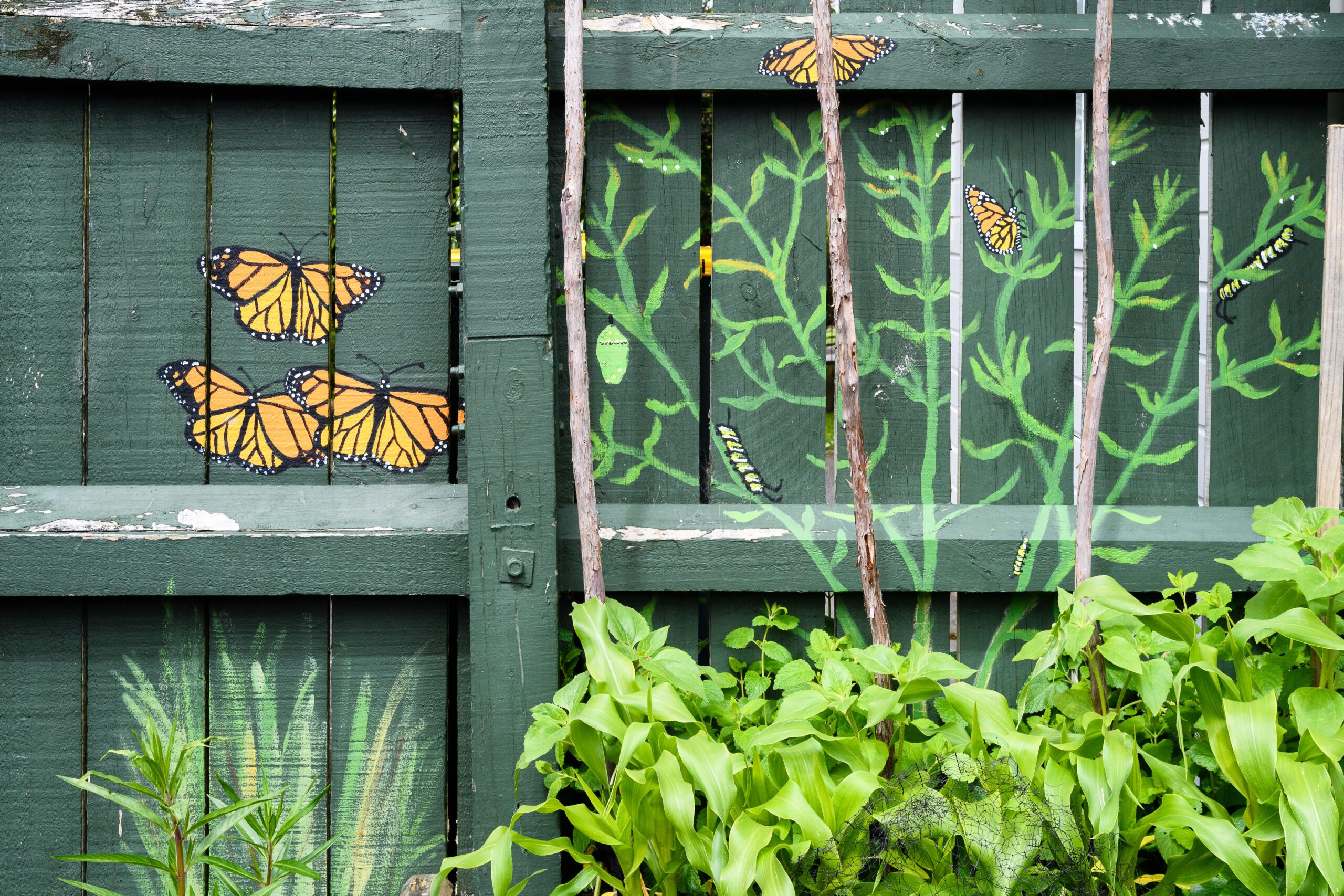
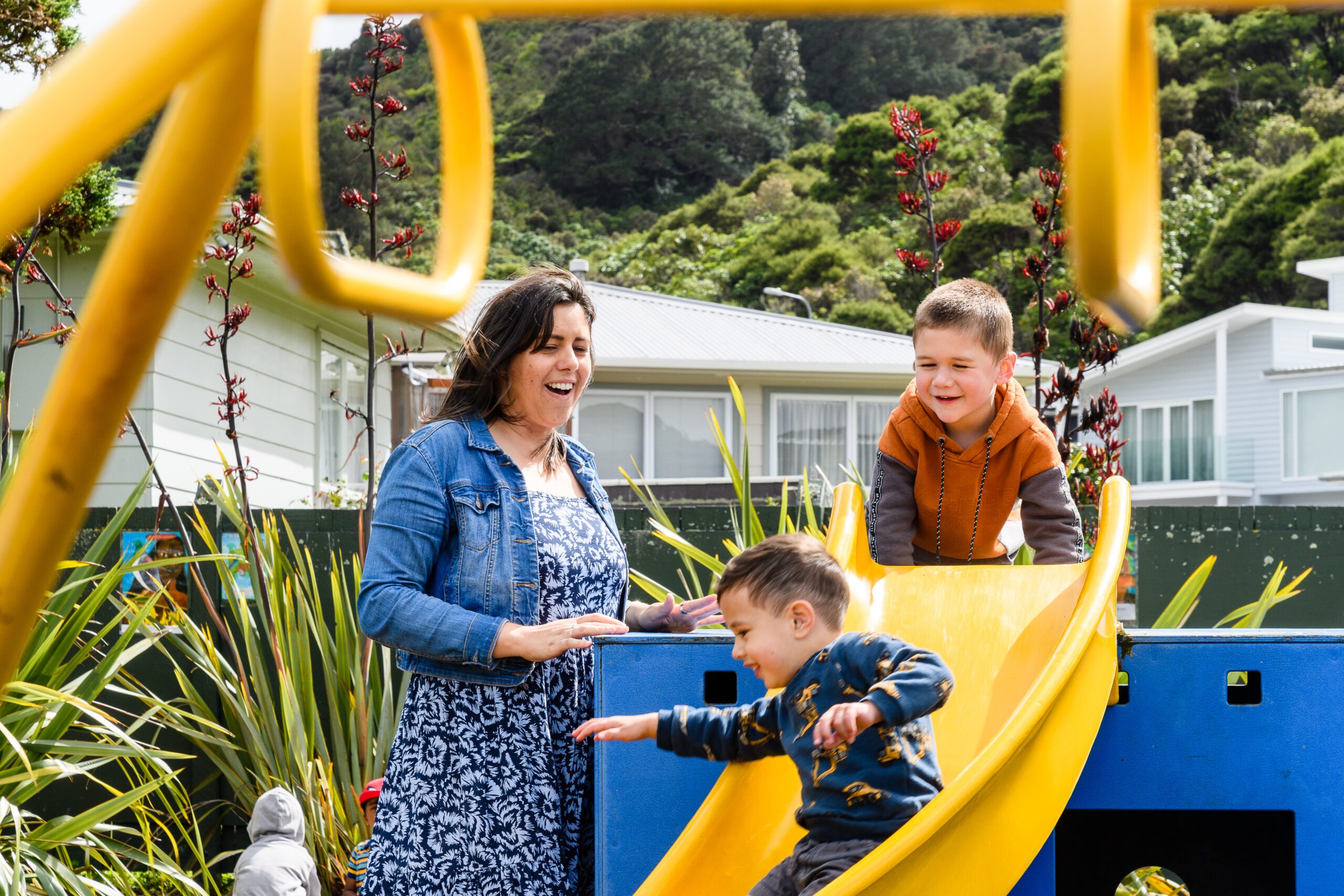
Sometimes the data gave the teams some surprising results. Teachers Mandy Bartosh and Jessica Gibb mention one child whom they’d rarely seen speak during the session happily talking away to her cousin in a video.
On reflection they realised the child was confident speaking to peers, but not to teachers. The work for that child became around promoting positive interactions and feelings.
Mandy says the data taught their team not to make assumptions about what was happening within the programme. Watching the videos gave them a chance to observe what was happening within groups of children when they thought that teachers weren’t around. There were subtle behaviours within the groups that weren’t always obvious to teachers or displayed in the teachers’ presence.
Wendy Walker says that one of the adaptions to their practice that came out of data analysis was the need for developing the children’s social language around sharing and emotional competence.
“We could devise team strategies to address that – role plays and creating resources that talked about sharing, using the children as role models, acting out funny scenes in front of them and affirming when we saw examples of that in front of the group. So that was really very helpful for our children.”
As Claire Fouhy is careful to point out, data is there to inform the teachers’ practice, not control it. Claire shared a mantra learnt from critical friend, Tara, that reminds kaiako that, “People make decisions, not data!”
For Janelle Morgan, a teacher-researcher at Pukeatua Kindergarten, the child profile tool was particularly useful as a way to get a bigger picture of individual children.
“It was really good for getting the whole team to focus on a particular child because some teachers know that child more than others. We’d fill it out individually first and then we’d come back together for a discussion. We’re still using those tools now.”
Language at the forefront
All the teachers Ako spoke to said that the year-long focus on the project meant that language acquisition was always at the forefront of their minds, bringing a laser focus to all their interactions with the children.
“It made us far more intentional in the way we scaffold language learning,” says Wendy.
Their use of descriptive language increased.
“So now we say, ‘Would you like to put your left hand in your sleeve?’ or at tidy up time, we’ll say ‘Can you put the red bike away in the white shed?’, so the child knows – oh, that’s a bike and it’s red so this must be the bike, and the teacher’s pointed to the shed so that must be white,” says Mandy Bartosh.
The teachers were continually focussed on how the children were learning to communicate and what teachers could do to extend that.
Sun Valley Kindergarten started using different books with basic sentence structures, descriptive words and doing words. They also changed the way they approached reading time.
“We do lots more conversation as we read,” says Mandy. “Sometimes we don’t always finish the story the way you normally would and it might take a long time to read a story, but the children have given us lots of their ideas.”
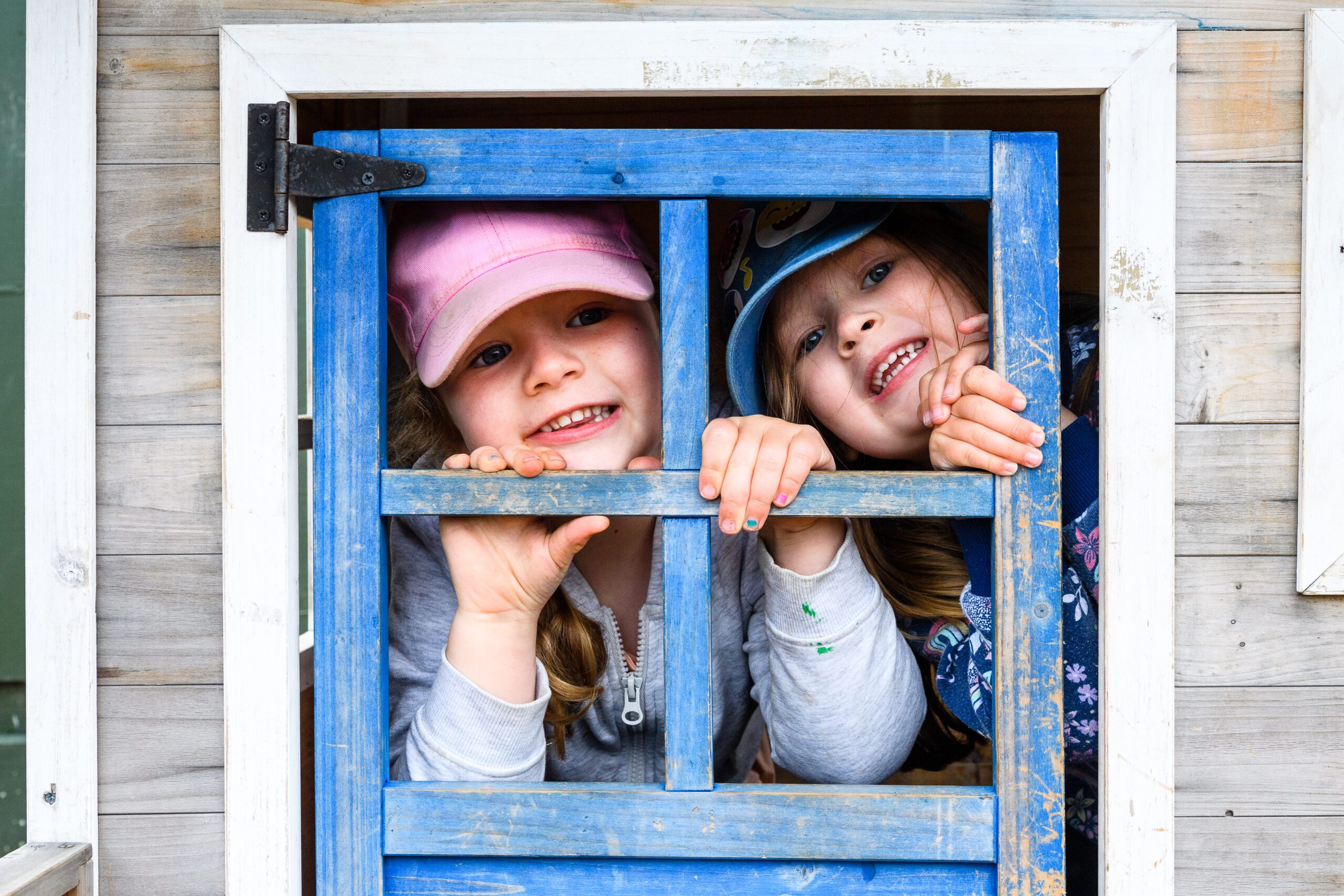
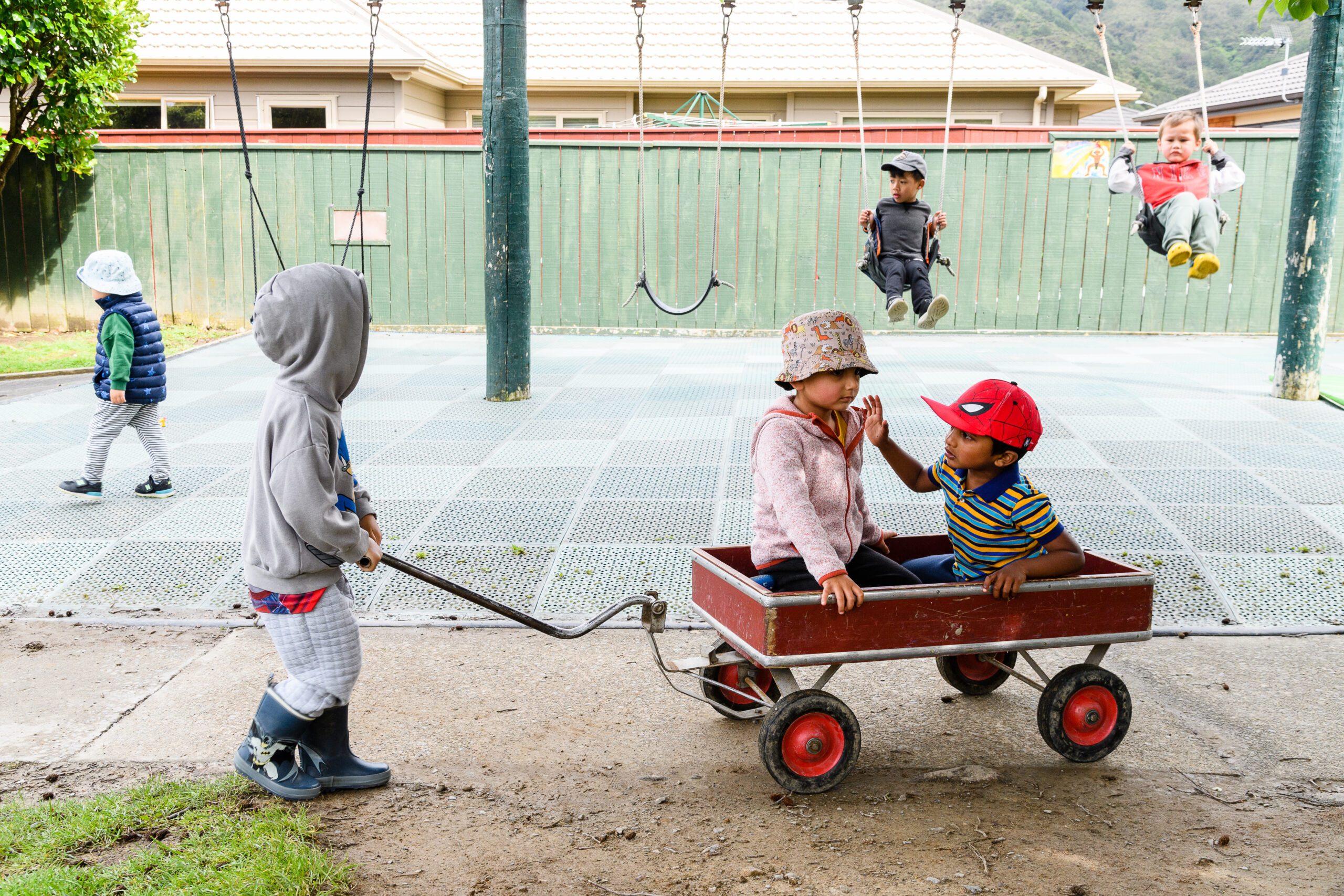
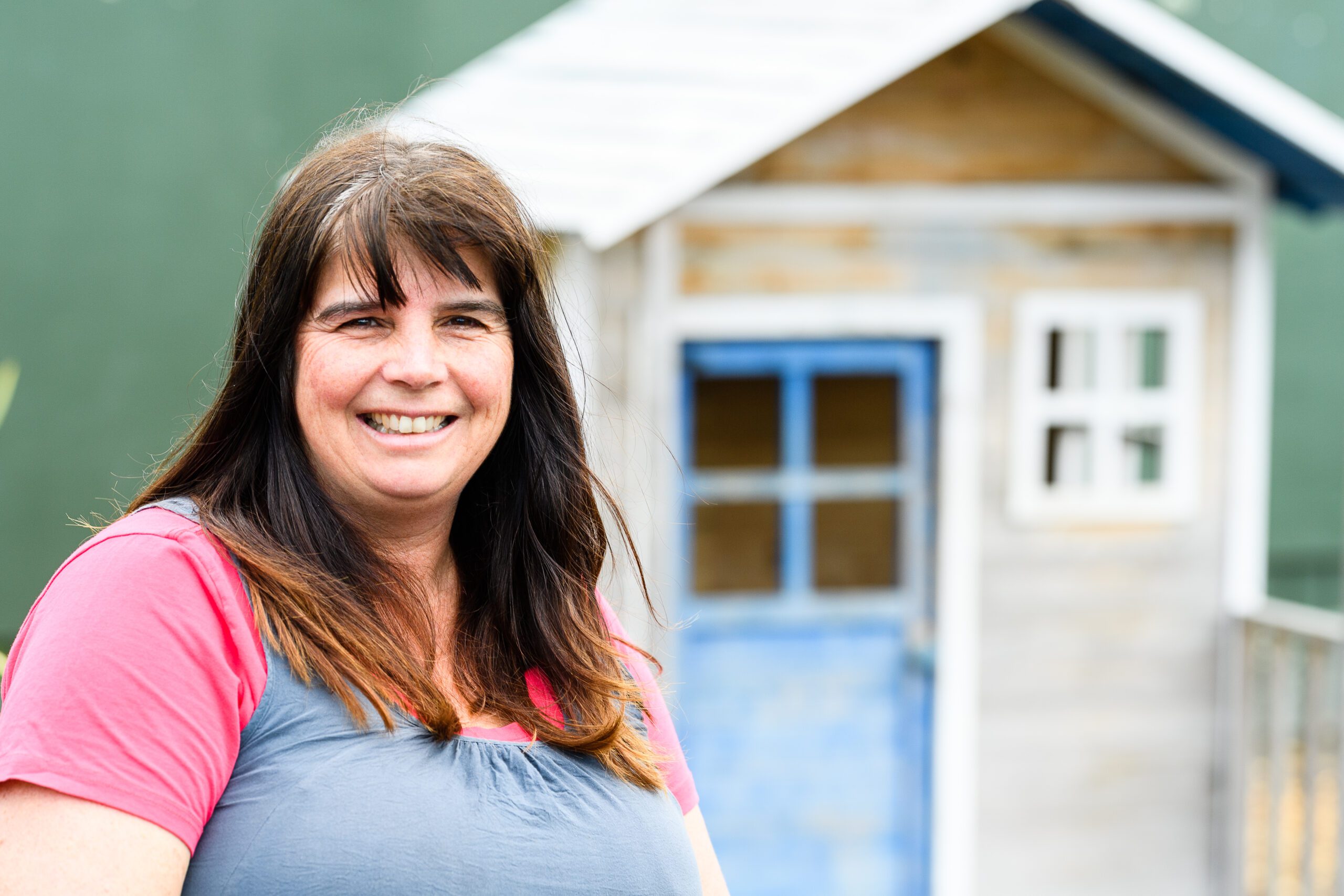
“We do lots more conversation as we read. “Sometimes it might take a long time to read a story, but the children have given us lots of their ideas.”
For Shellyn, this adaption of practice has put the children front and centre in problem solving with language as well, something they’ve brought into role playing at mat time.
“We might get them to choose or offer an example where they’ve had a struggle with language or getting their point across and we have the children solve what we might try instead and then we model it in pairs. It’s quite a good way to approach it, to use a real-life example with the children involved.”
Over at Pukeatua Kindergarten, Janelle Morgan noted that sometimes the older ways of doing things offered up useful tools.
“I went back to a lot of things that we were doing years ago with repetition and action songs. I started using songs that I hadn’t used for ages, simply because there was more repetition in them.”
Shellyn McAuley says that while you never let a criteria or topic drop out of your teaching repertoire, the focus on language gave all the teachers a common goal which was affirming and motivating for the teachers.

The outcomes of the data language project place it firmly within a professional learning community model and show the enormous value of professional learning and development when it’s done collaboratively and over a longer period of time. The project was personalised by the teams to respond to their unique setting, and each of the four teams took their learning in a slightly different direction.
The project also highlights a need for funding and time to be available so that teachers can take part in such beneficial practices in a deep and meaningful way. However, critical friends Tara and Sue point out that teachers interested in this type of work can start by trying one or two new tools to explore the value they might add to their teaching practice and child learning.
“Try and do something like this within your teaching career because these opportunities don’t come along very often and they make you appreciate why you’ve chosen this career.”
“We’re always open to learning more strategies and skills,” says Mandy. “We do our university degrees but we don’t learn a lot about diverse learners and communication as much as we should, and so we learn a lot on the job and this just kind of pulls it together and highlights what we can do to keep on top.”
Of course, the endpoint of any professional learning is the children. Jessica says she believes the project had enormously positive outcomes for the children at their kindergartens.
“I feel that we have gotten to know them a lot better. We have got more individual strategies that will suit the children better for their needs with language.” Wendy agrees and says the benefits are ongoing. “We will continue to provide resources like we did in our research year, the language resources that we know are helpful – whether it’s a game or a social story specific to the competencies we feel the children need to strengthen.
“I’d say to anybody – try and do something like this within your teaching career because these opportunities don’t come along very often and they make you appreciate why you’ve chosen this career.”

